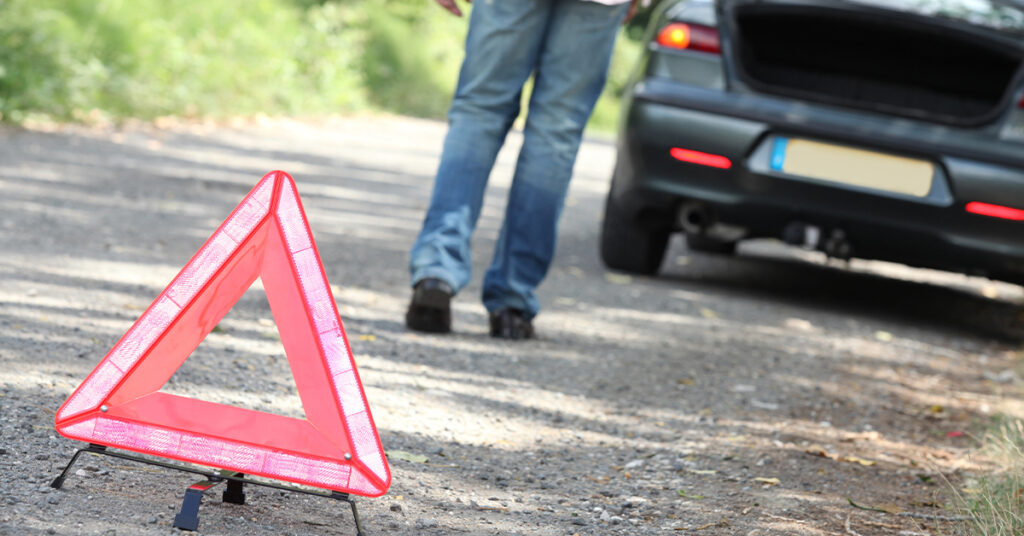If you don’t have a car emergency kit, the best time to assemble one is NOW. Here is what we recommend you include.

Electronics & Tools
Cell Phone Car Charger
Double check that the charger is compatible with your car, and input numbers for services like AAA in your contacts list.
Flashlight and Extra Batteries
Don’t drain your phone battery by using its flashlight — keep a regular flashlight on hand.
Basic Tool Set
A small travel tool kit is always a good idea!
Shovel
You can buy foldable shovels online that don’t take up too much room in the trunk.
Car Tools
Jumper Cables
Make sure that you have the right gauge for your vehicle!
Traction Aid
Good, inexpensive aids include sand, salt, and non-clumping cat litter, or you can buy traction pads.
Road Flares and Reflectors
If you get in an accident, these will draw attention to you so you can either get help or ensure cars avoid your vehicle.
Ice Scraper
As any Alaskan knows, having a durable, strong scraper that will stand the test of time is vital!
Car Escape Tools
Have a seatbelt cutter and window breaker near the front seat or in the glove compartment — it could save your life!
Safety Gear
First Aid Kit
If there’s one thing you need, it’s this! Make sure your kit includes bandages, medical tape, antibiotic ointment, gauze, and antiseptic wipes.
Drinking Water & Snacks
Non-perishable, high energy foods like nuts, jerky, and dried fruit are ideal.
Pet Supplies
Ever have pets in the car with you? Make sure you have supplies and food for them, as well.
Warm Clothing
Always keep something warm to wear in your vehicle. If your car breaks down in cold weather, you’ll need it.
Reflective Vest
If you need to walk for help, reflective gear can keep you safe from passing cars.
Other Items
Road Maps
A GPS is great, but if it’s not working or your phone dies, a traditional road map will come in handy.
Duct Tape
Duct tape has many uses in an emergency, from holding a bumper in place, to temporarily containing engine leaks, to bandaging wounds.
